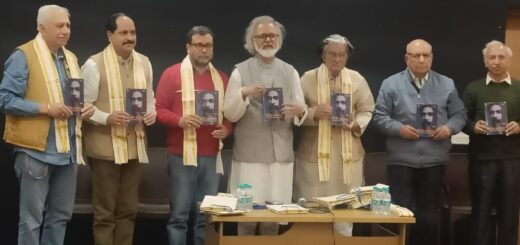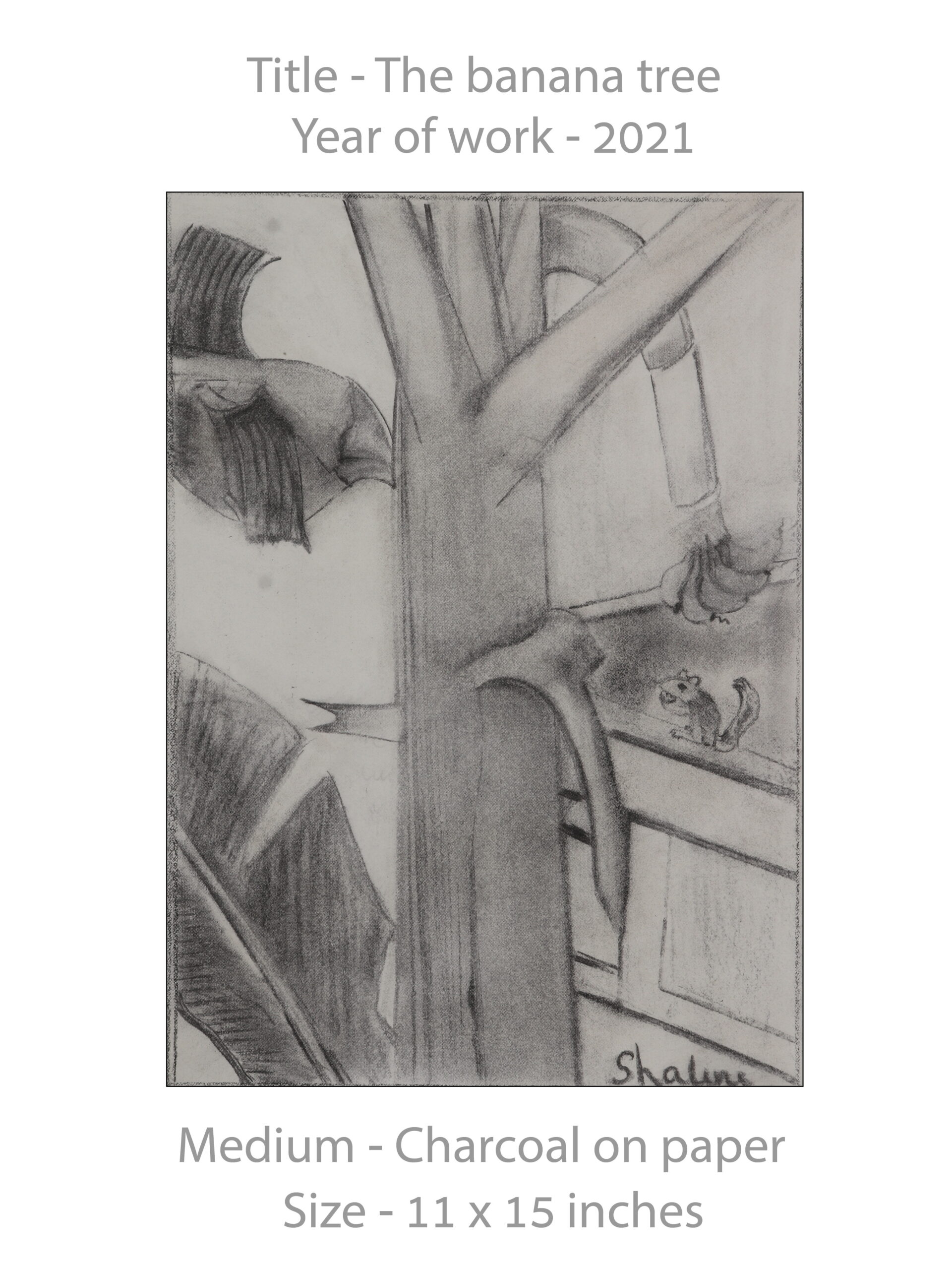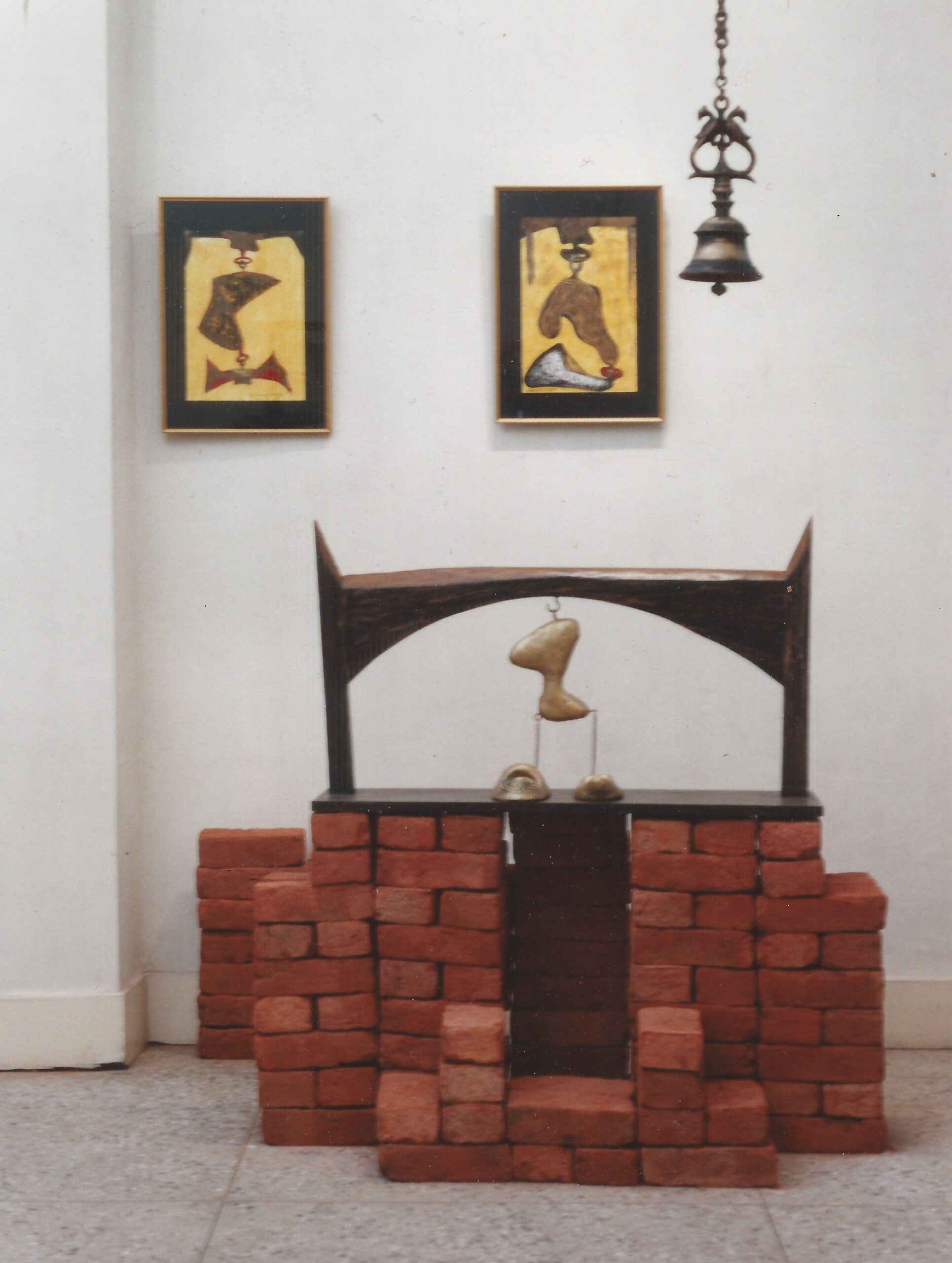Folk Dances of India: Jhora
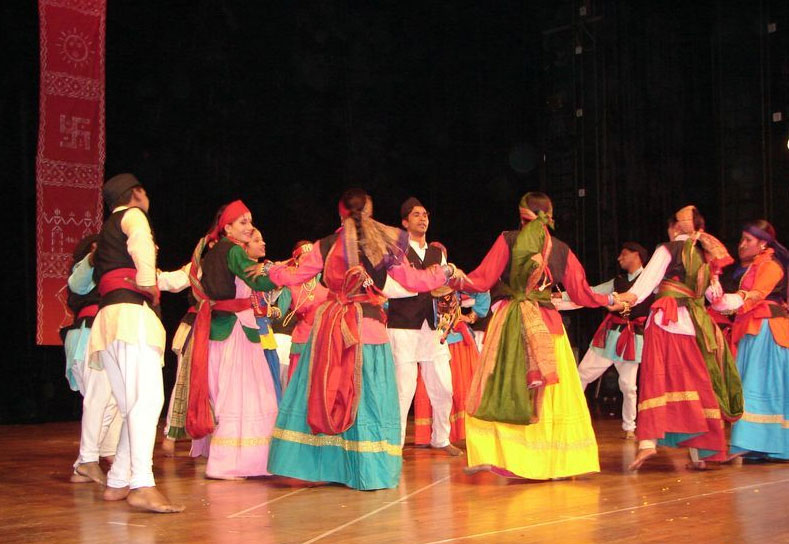
Project: Abhinav Sharma. Guide: Prof. Manohar Khushalani
Jhora folk dance is native to the states of Himachal Pradesh and Uttarakhand where it is celebrated with all pomp and show during the springtime celebrations by the locals. Jhora folk dance finds its root in the Kumaon region of Uttarakhand, historically known as Uttaranchal.
It has been known that certain dance forms require people of a particular caste, age, gender etc, however, in the case of Jhora, everyone irrespective of their social standing, gender and race can be a part of the performance making dance form an all-inclusive and embracing.
Jhora folk dance is usually conducted when the springtime celebrations with the tribal and the local people performing the dance twice a day, that is, in the morning and the evening. Jhora folk dance is also performed at weddings, fairs and festivals to magnify the happiness of the occasion. There is marked high tourist inflow during these times just to witness the spell-bounding and the mystically colourful Jhora dance performances.
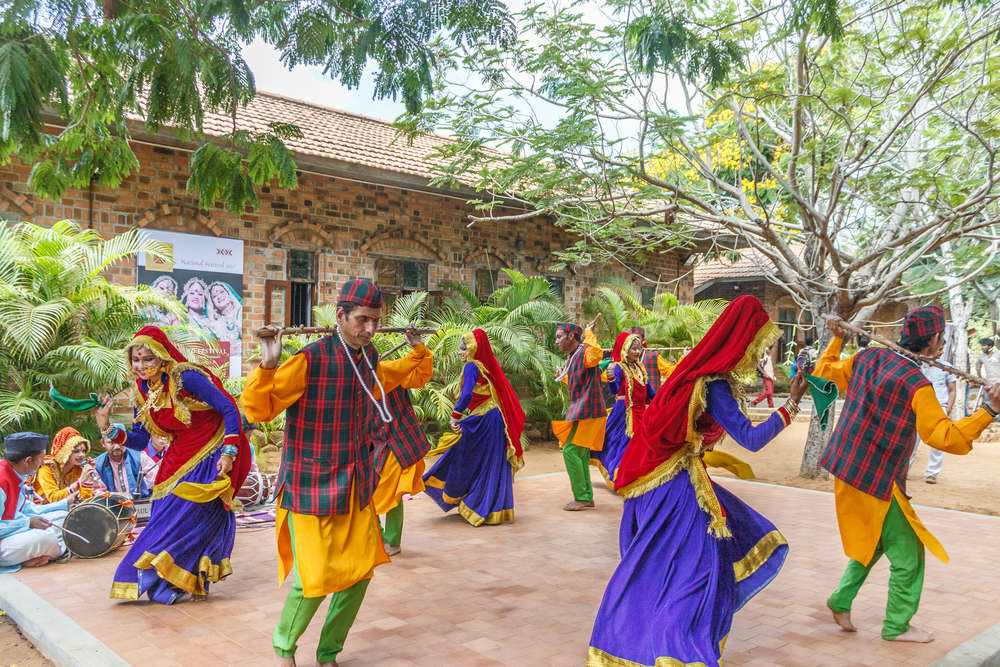
The dance performance initially begins with a number of participants and as the music picks up pace, more and more people keep on joining in with a circular formation being maintained at all times. The dancers, standing in a circle, hold the arms of their partners and slightly bend their bodies forward.
The music for the dance has rich tastes of the traditional drum musical instrument called ‘Hurka’. If there are more members then the ‘Hurka’ is accompanied by cymbals. At the initial beat of ‘Hurka’, the left leg is crossed with the right leg to strike the floor. With the completion of the initial beat and the impediment of the second beat, the right foot stands sideways and the dancers make a slight dip and a jump inwards. In this form, the dance progresses in cyclic beats with the ‘Hurka’ player leading the flock.
Jhora dance resonates with the inclusive nature of the hilly areas of North India that is Himachal Pradesh and Uttarakhand and promotes harmony among the people of varying social standings, all the way adding to the richness and the essence of the hilly culture and heritage.
References :




